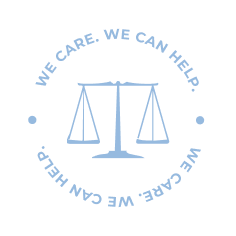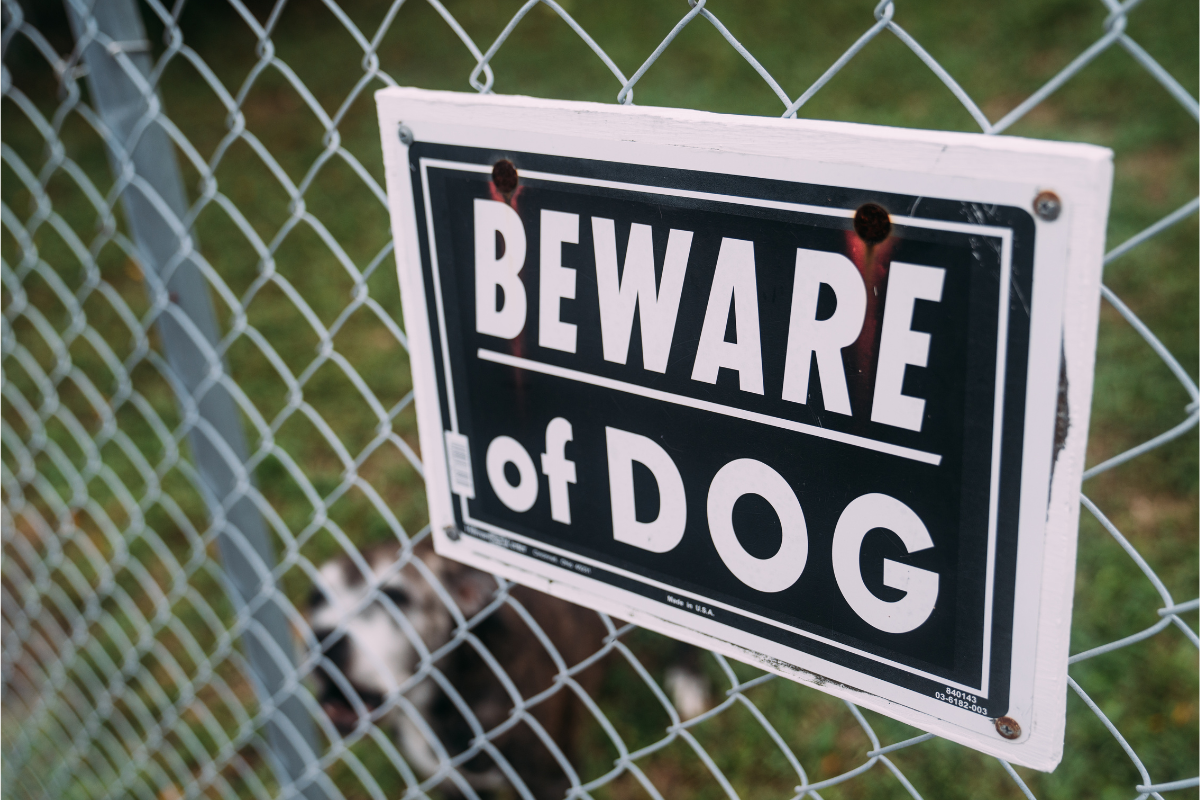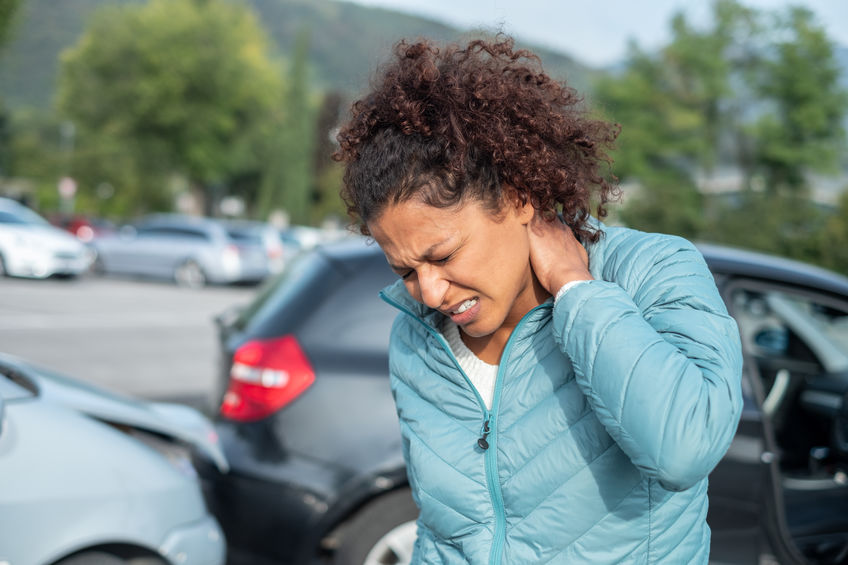If you live or work in extreme heat, or if you’re a parent, a caregiver or even a bystander, knowing the signs of heatstroke could save a life. As Texas temperatures soar and we spend more time outside, the risks associated with extreme heat soar. This is especially true for heatstroke. A condition that can escalate quickly and turn fatal within minutes. Heatstroke isn’t just a summer inconvenience, it can be a medical emergency. Each year, it kills hundreds of people in the U.S., and countless other incidents go unreported. Often, the most vulnerable, infants, toddlers, the adults over 70, outdoor workers and pets don’t get the help they need in time.
What is Heatstroke?
Heatstroke, sometimes called sunstroke, happens when the body overheats and can no longer regulate its temperature. Unlike heat exhaustion, which can be treated with rest and fluids, heatstroke causes the body’s temperature to spoke above 104 degrees and stops the body’s ability to cool itself.
Without quick medical intervention, organs shut down.
Signs of heatstroke include the following:
- Hot, dry skin (or profuse sweating in exertional cases)
- Confusion, slurred speech, or agitation
- Headache or dizziness
- Nausea or vomiting
- Rapid heartbeat or breathing
- Seizures
- Loss of consciousness
Time is critical. If someone shows these signs, call 911 immediately and begin cooling them down with shade, cold water, and fans until help arrives.
Who is Most at Risk?
It is incredibly important to be aware of the people in your life who are most at risk for heatstroke. Below, we discuss the proper precautions you can take to ensure your friends, family and pets stay safe and healthy this summer.
- Children under 4. Young kids don’t sweat as efficiently, and their body temperature rises faster than adults.
- Older adults. Aging affects the body’s ability to cool itself and recognize heat stress.
- People with chronic illnesses. Conditions like heart disease, diabetes, and obesity increase vulnerability.
- Outdoor workers and athletes. Physical exertion in high heat accelerates dehydration and heat buildup.
- Pets. Dogs and cats can experience fatal heatstroke in minutes.
Babies in Hot Cars
Forgotten Baby Syndrome (FBS) is what happens when a parent or caregiving accidentally forgets they have a baby or child in a car. While it can happen any time of year, heatstroke tragedy befalls families when FBS occurs in the warmer months, typically April through September. However, in Texas, warm days can begin as early as March and last well into October.
Everyone can prevent hot car deaths. For starters, it is imperative to never leave a child unattended in a vehicle for any length of time. Rolling down windows or parking in the shady does little to slow down the rapid speed that a vehicle heats up.
Secondly, parents and caregivers should make it habit to check the backseat everytime the exit the vehicle and before locking the doors. 54% of pediatric hot car death is the result of an adult forgetting a child in the car.
Finally, if you notice a baby or a small child alone in a locked car, it’s important that you act immediately and call 911. A child showing signs of heatstroke, should be removed from the vehicle as quickly as possible and rapidly cooled.
10 Tips for Preventing Heatstroke
Heatstroke is a life-threatening condition that can strike quickly, especially during the sweltering summer months. Whether you’re working outside, spending time with family, or simply running errands, prolonged exposure to high temperatures puts your body at serious risk. The good news is that heatstroke is preventable. By taking a few simple precautions, it’s possible to stay safe, cool, and healthy—even in extreme heat.
- Hydrate Early and Often
Drink water regularly throughout the day, especially when outside or active. Avoid beverages that dehydrate you such as sugary, caffeinated, and alcoholic drinks. Finally, don’t wait until you’re thirsty to drink. - Dress for the Heat
Wear loose-fitting, lightweight, and light-colored clothing. Use wide-brimmed hats and UV-protective sunglasses when outdoors. - Limit Sun Exposure
Stay indoors or in the shade during peak heat hours (usually 10 a.m. to 4 p.m.). Use sunscreen (SPF 30 or higher) to reduce sunburn, which can affect your body’s ability to cool itself. - Never Leave Anyone in a Parked Car
Even with the windows cracked, temperatures inside a vehicle can rise rapidly and become deadly. - Know Your Body’s Limits
Take frequent breaks during outdoor activities or work. Rest in cool or shaded areas. - Use Fans and Air Conditioning Strategically
Fans help, but A/C is better in extreme heat. Visit public cooling centers if your home isn’t air-conditioned. - Monitor Those at Higher Risk
Keep an eye on children, adults over 70, and people with chronic conditions. They’re more vulnerable to heat-related illness. Pets can be vulnerable to the heat as well. Don’t leave your furry family members in the heat too long and make sure they always have access to water. - Acclimate to the Heat Gradually
Slowly build up outdoor activity over several days if you’re not used to the heat. - Check the Heat Index
The heat index considers temperature and humidity. If the heat index is high, your body’s ability to cool down will be reduced. Adjust your plans accordingly. - Watch for Warning Signs
As noted above, watch for symptoms like confusion, rapid pulse, headache, dizziness, nausea, or hot, dry skin are signs of heatstroke. If any of these appear, this is a medical emergency. Call 911 immediately.
Stay Hydrated. Keep It Cool.
Preventing heatstroke starts with small, consistent choices: drink water throughout the day, avoid peak heat hours, and listen to your body. But even the prevention tactitics can’t always save the day. Knowing the signs of heatstroke, the moment they occur may be the biggest factor in saving someone’s life. So as summer sets in, take care of your body and your mindset. Stay hydrated. Keep it cool.




